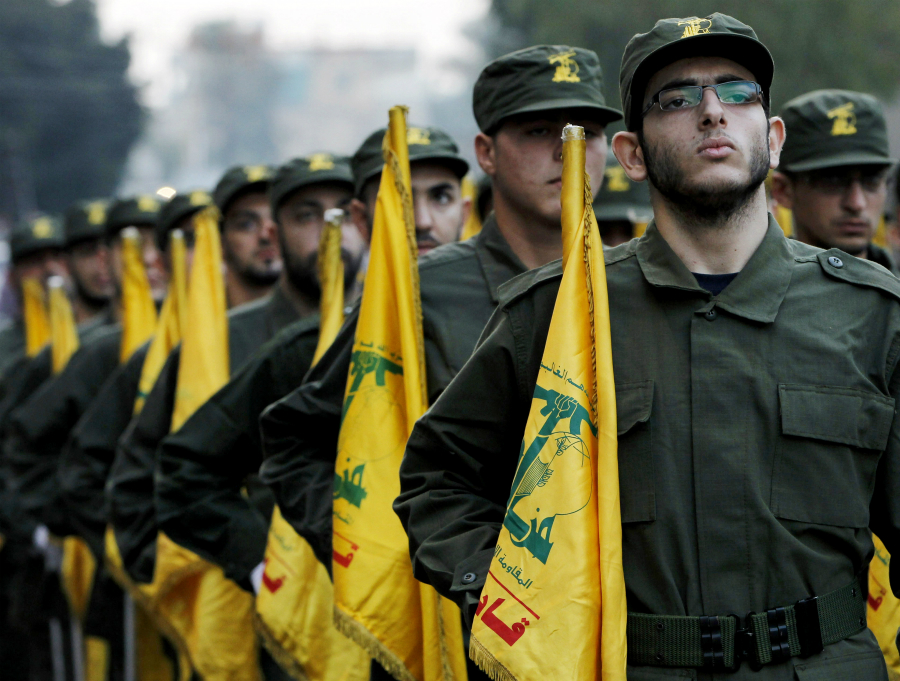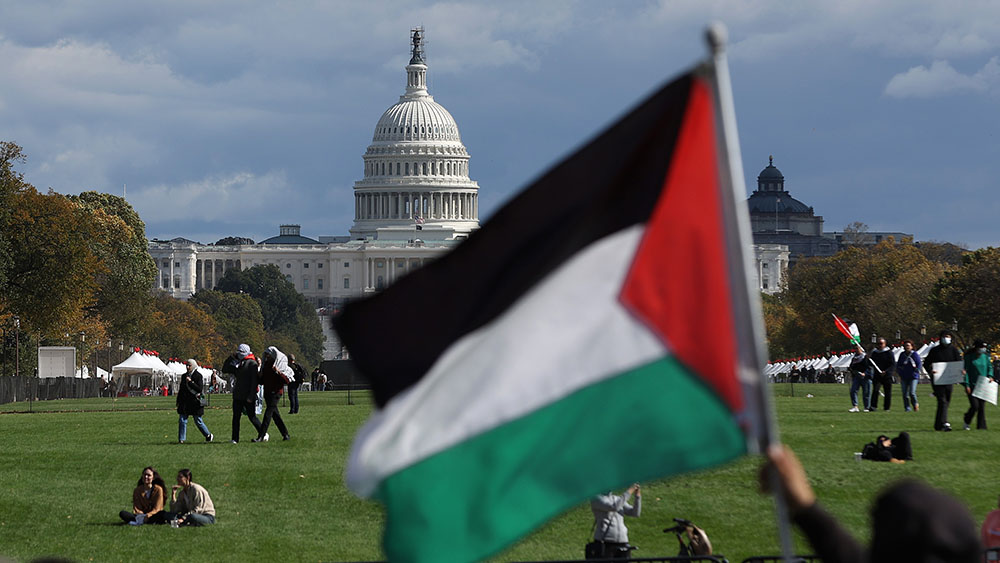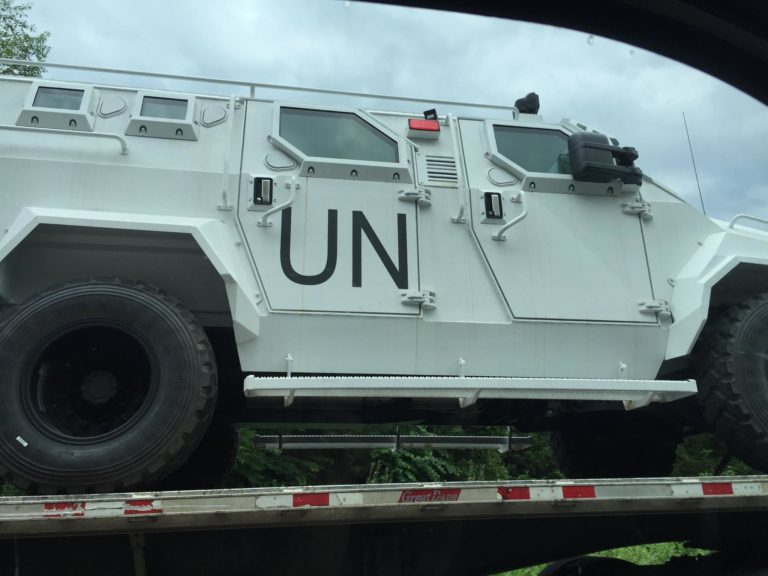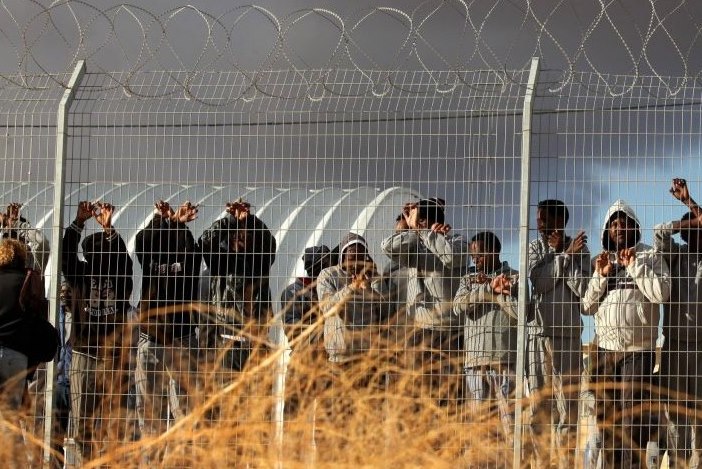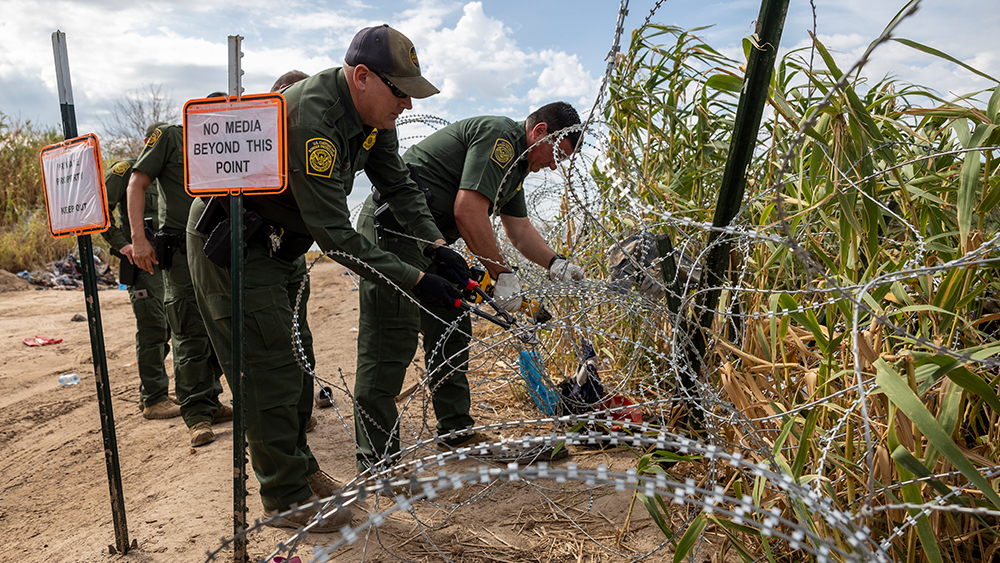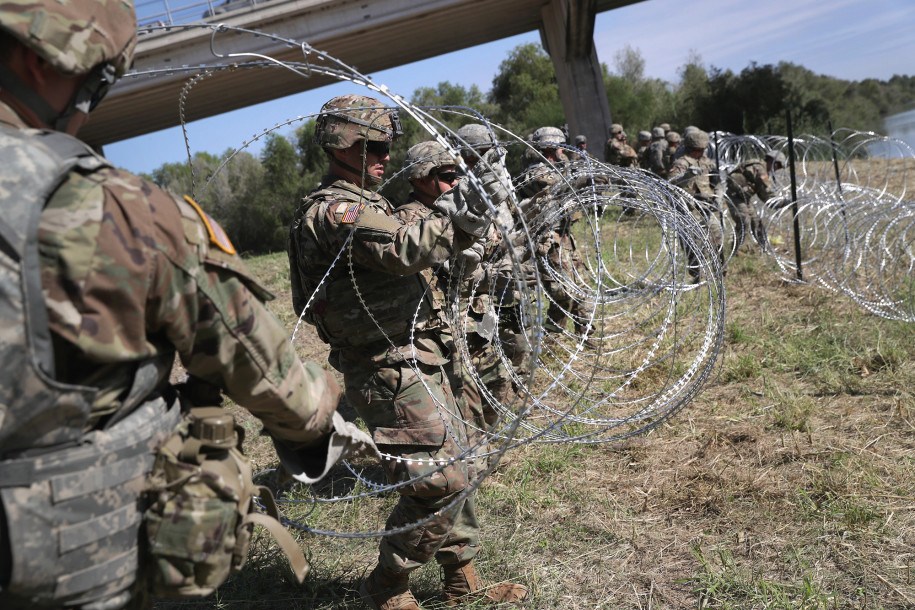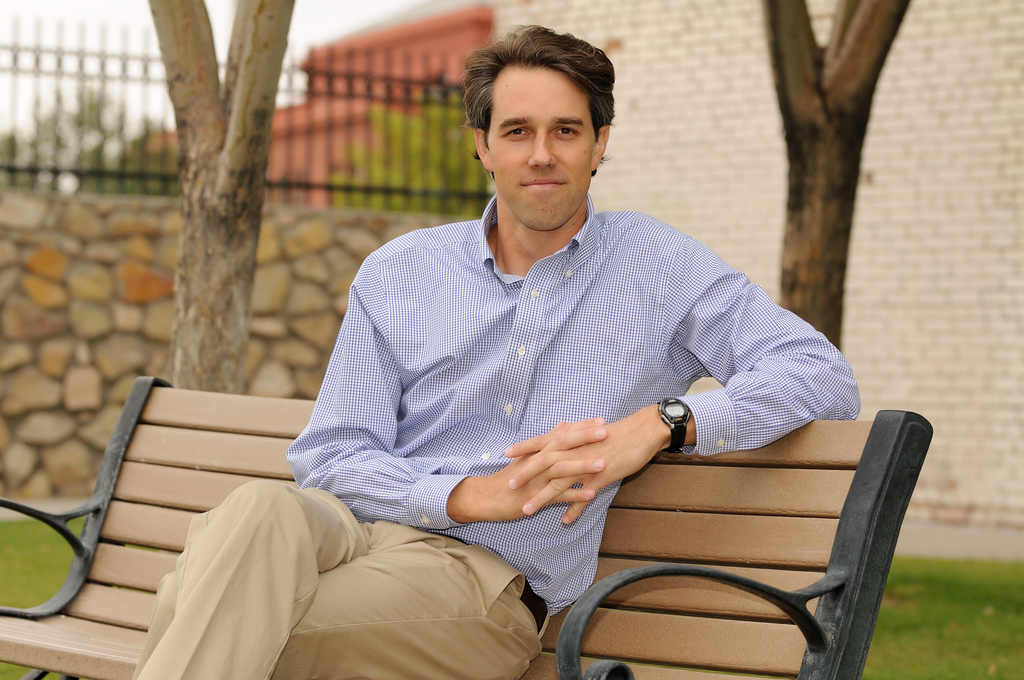NATO holds massive military exercise to prepare for planned escalation of war with Russia
01/22/2024 / By Richard Brown
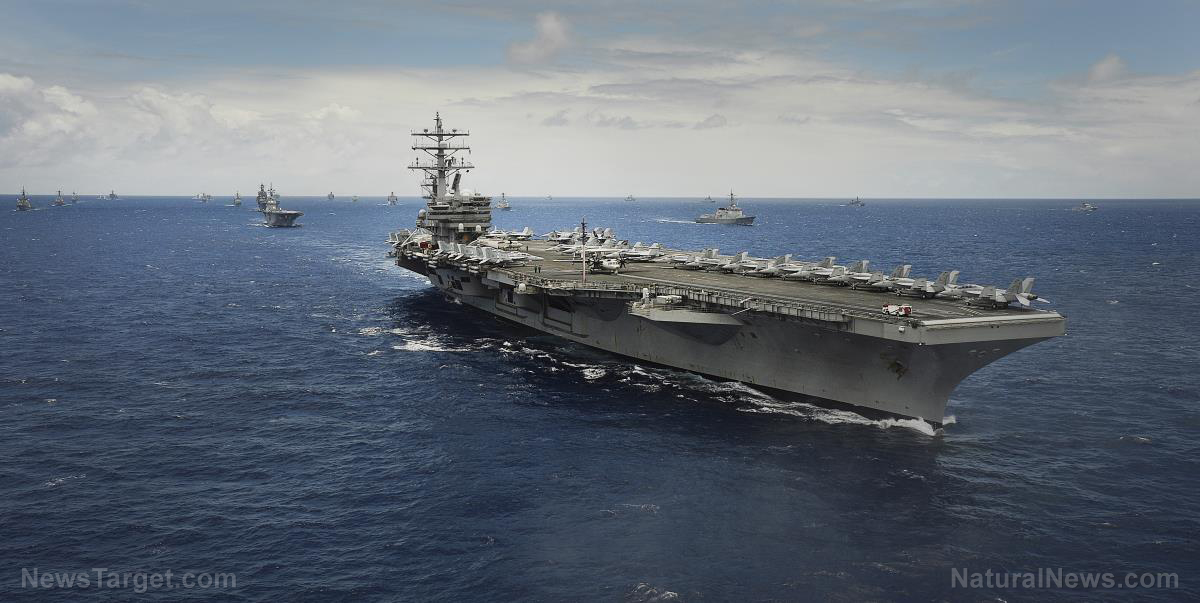
The North Atlantic Treaty Organization (NATO) has announced its commencement of Steadfast Defender 2024, marking the alliance’s most extensive military exercise in decades.
The exercise, set to involve a massive 90,000 troops, aims to rigorously test the capabilities of NATO allies over months in the event of a conflict with a potential adversary, particularly emphasizing preparedness against Russia.
Running until late May, this exercise is a comprehensive series of smaller drills conducted from North America to NATO’s eastern flank, situated near the Russian border.
What sets Steadfast Defender 2024 apart is its inclusive participation of units from all 31 NATO member countries, underlining the collective commitment to enhancing the alliance’s military readiness.
Even Sweden, a candidate member of NATO, is actively participating in this exercise, reinforcing the collaboration between NATO and its potential future members.
The operational scope of this extensive exercise encompasses naval, aerial and ground components. It involves the deployment of 50 naval vessels, 80 aircraft and over 1,100 combat vehicles, creating a complex and dynamic scenario for the participating troops. The exercise surpasses the scale of any military drill conducted by NATO since the Cold War era, specifically eclipsing the 1988 Reforger drill in magnitude. (Related: Escalating tensions could spark Russia-NATO war at sea.)
This move by NATO comes at a critical juncture, aligning with the ongoing geopolitical shifts in response to Russia’s actions, particularly its war on Ukraine.
The alliance led by the U.S. has taken measures to bolster its defenses on the eastern flank, deploying thousands of troops and devising extensive plans to safeguard against potential Russian aggression. Steadfast Defender 2024 is a tangible manifestation of these strategic realignments and represents NATO’s commitment to ensuring the collective security of its member nations.
Admiral Rob Bauer, chair of NATO’s military committee, stressed that the unprecedented scale of this exercise is a demonstration of the alliance’s new state of readiness. Acknowledging that the number of troops involved sets a record, Bauer underscored the significance of conducting an exercise of this magnitude across the Atlantic, from the United States to Europe.
While expressing NATO’s reluctance to seek conflict, Bauer issued a sobering reminder that preparedness is crucial. He urged civilian societies within NATO member countries to be better prepared for the potential of a future war, emphasizing the need to dispel the assumption that perpetual peace is assured.
Bauer provided insights into the current military landscape, noting the degradation of Russia’s land forces due to the ongoing conflict in Ukraine. However, he cautioned that Russia’s navy and air force remain formidable, requiring continued vigilance from NATO. Despite the impact of Western sanctions on Russia’s reconstitution efforts, he highlighted the Kremlin’s ability to increase artillery and missile production.
The ongoing conflict in Ukraine was also a focal point of Bauer’s comments, where he reported a stable but intense front line. While acknowledging the devastating nature of Russia’s recent attacks, he encouraged cautious optimism and urged the international community not to be overly pessimistic about Ukraine’s prospects in the face of adversity. This nuanced perspective underscores the complex geopolitical dynamics at play and emphasizes the need for sustained international support for Ukraine.
Germany anticipates increased Russian troop presence in Belarus
Recent revelations about classified plans indicate that the German government is anticipating a potential increase in Russian troop presence in Belarus and Kaliningrad, Russia’s westernmost territory.
This development raises concerns about heightened pressure on Poland’s border, particularly in the strategically significant Suwa?ki Gap, which experts had previously identified as a potential vulnerability for NATO, allowing Russian forces to cut off the Baltics from Poland.
In response to these strategic shifts, NATO has initiated robust measures to enhance security on its eastern flank, intensifying its presence in collaboration with Russia and Ukraine.
This comprehensive build-up represents NATO’s most significant mobilization since the Cold War, reflecting a proactive approach to counter potential threats.
The ongoing military exercises serve as a deterrent against potential aggression from Russia.
Watch this report about NATO mobilizing 90,000 troops to prepare against Russia.
This video is from the RealNewsChannel.com channel on Brighteon.com.
More related stories:
It’s never enough – NATO chief wants MORE AID for Ukraine.
Emergency alerts issued on NATO territory following Russian drone attacks.
Emergency alerts issued on NATO territory following Russian drone attacks.
Sources include:
Submit a correction >>
Tagged Under:
big government, chaos, Dangerous, insanity, military exercise, national security, NATO, politics, preparedness, Russia, Steadfast Defender 2024, World War III
This article may contain statements that reflect the opinion of the author
RECENT NEWS & ARTICLES
COPYRIGHT © 2017 WHITE HOUSE NEWS



